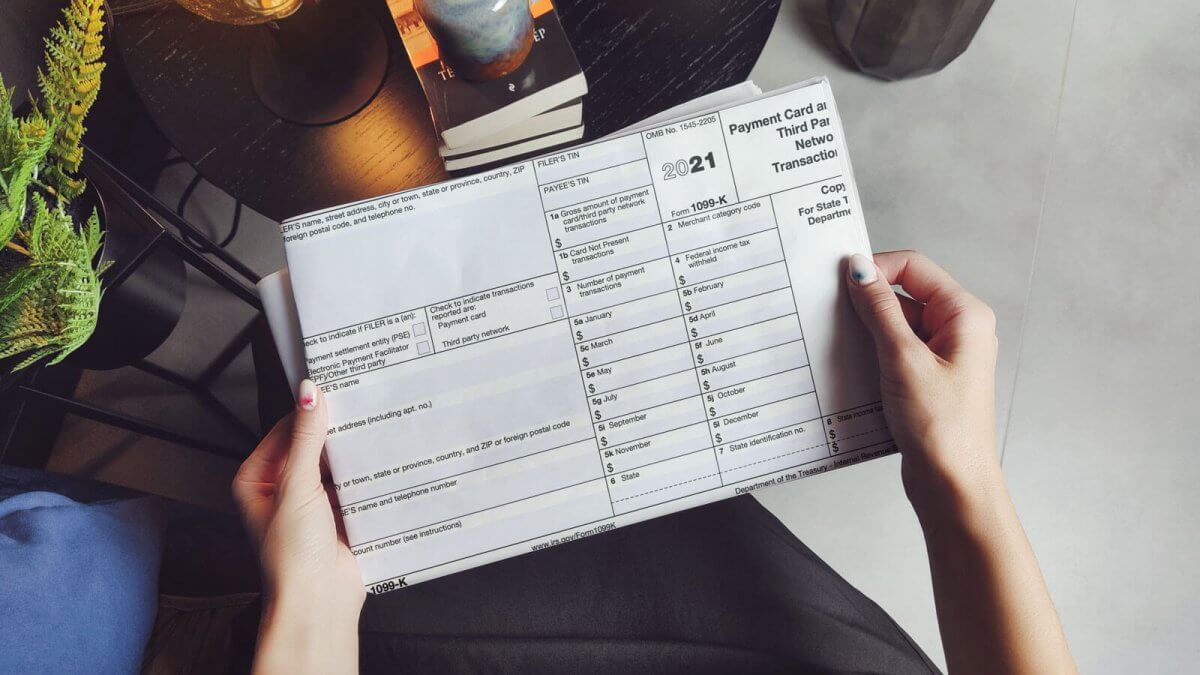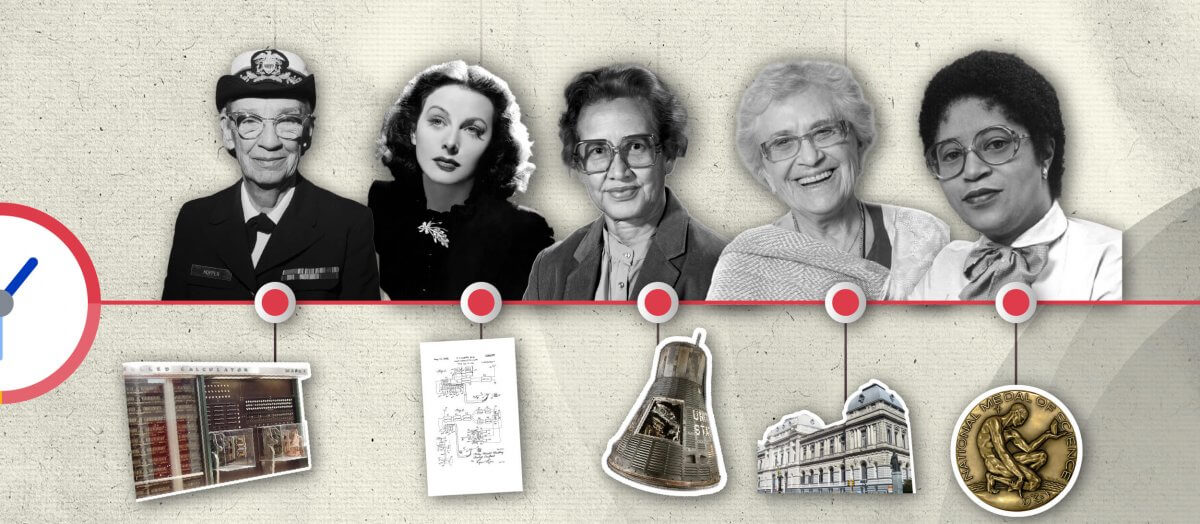
Yesterday, the Internet Association filed a Supreme Court brief alongside a coalition of tech companies that have a collective market cap of more than $1 trillion. When that many companies join forces to speak out with a unified voice, the issue is clearly important for innovators everywhere.
The primary issue in Cuozzo v. the Patent and Trademark Office (PTO) involves the rules used by the PTO when examining poor quality patents. About five years ago, Congress enacted the America Invents Act (AIA), which was the first major overhaul of our patent system in years. Included in the debate on the AIA was an acknowledgment that there are a number of patents that should probably never have been granted in the first place. As our brief explains, “these poor quality patents function only as a tax on innovation.”
In order to filter out these poor quality patents, the AIA created the inter partes review (IPR) process at the PTO. The IPR review process is quick and cost-effective. Under the PTO rules, the agency looks to the “broadest reasonable construction” of the patent claim when determining its validity. Under this rule, if a challenged patent claim can reasonably be read by the public – particularly subsequent innovators – to encompass prior art, making it unoriginal and not patent worthy, then the patent should not stand. This rule ensures that patent owners have incentives to be clear and that potential infringers receive fair notice of the boundaries of the patent.
Unfortunately, Cuozzo does not share this commonsense viewpoint, which is why the issue is now before the Supreme Court.
There were nearly 3 million patents in force in the United States in 2015. According to 2015 data, since 2011, a grand total of 2,758 patents have been challenged before the PTO. Of those 2,758 cases, the PTO passed on 31 percent without initiating a review, and another 16 percent led to a review as to only some challenged claims. The PTO has acted judiciously and has only granted full-scale review in approximately 50 percent of cases filed.
As our brief states, the data strongly supports the PTO in this case. The IPR process has done exactly what Congress intended: it has invalidated bad patents while keeping incentives to innovate. Simply put, innovators – including those working for Internet Association member companies – have nothing to fear from IPR.
Similarly, the PTO’s IPR process withstands scrutiny on appeal and has a high affirmance rate before the Federal Circuit, indicating that the agency is making careful decisions.
In light of the data, you might ask why Cuozzo and its allies have taken this case to the Supreme Court at all. Interestingly, in contrast to the PTO, the other side has not produced any data supporting its case against the PTO. As our brief explains, “if the PTO […] had been cancelling socially valuable, high-quality patents, [Cuozzo] and its amici would come forward with examples. They cannot.”
Absent data, the argument against the PTO seems to boil down to the fact that it applies a different rule from the one applied by a district court in patent cases. This is an apples to oranges comparison, and Congress – as recently as 2011 – clearly intended the PTO to apply its own standard.
PTO IPR is different from district court patent litigation because Congress deliberately designed it this way. Congress never intended PTO review to be a substitute for district court litigation, and that’s not a bad thing. As one U.S. representative said at the time, PTO review would serve as a “cheaper, quicker, better alternative to resolve questions of patentability” as opposed to “costly litigation in Federal court.”
Let’s hope that the Supreme Court agrees.










